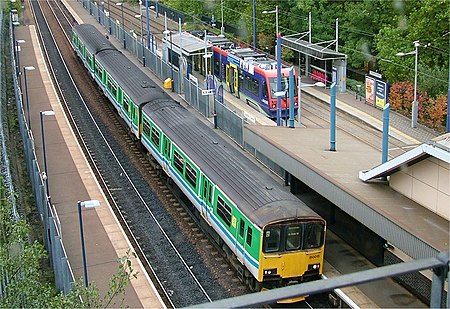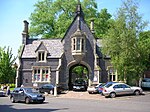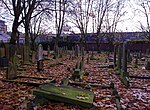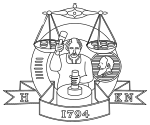Jewellery Quarter station
DfT Category E stationsPages with no open date in Infobox stationRailway stations in Birmingham, West MidlandsRailway stations in Great Britain opened in 1995Railway stations opened by Railtrack ... and 4 more
Railway stations served by Chiltern RailwaysRailway stations served by West Midlands TrainsTram stops in Birmingham, West MidlandsUse British English from January 2018

Jewellery Quarter station is a combined railway station and tram stop, situated in the Jewellery Quarter of Birmingham, England. The station is served by West Midlands Trains (who operate the station), Chiltern Railways, and West Midlands Metro. The station is set at the mouth of Hockley No 2 Tunnel below the elevation of its road-level access point on Vyse Street; stairs and a lift are provided.
Excerpt from the Wikipedia article Jewellery Quarter station (License: CC BY-SA 3.0, Authors, Images).Jewellery Quarter station
Pitsford Street, Birmingham Jewellery Quarter
Geographical coordinates (GPS) Address Nearby Places Show on map
Geographical coordinates (GPS)
| Latitude | Longitude |
|---|---|
| N 52.4897 ° | E -1.9136 ° |
Address
Jewellery Quarter
Pitsford Street
B18 6LJ Birmingham, Jewellery Quarter
England, United Kingdom
Open on Google Maps










